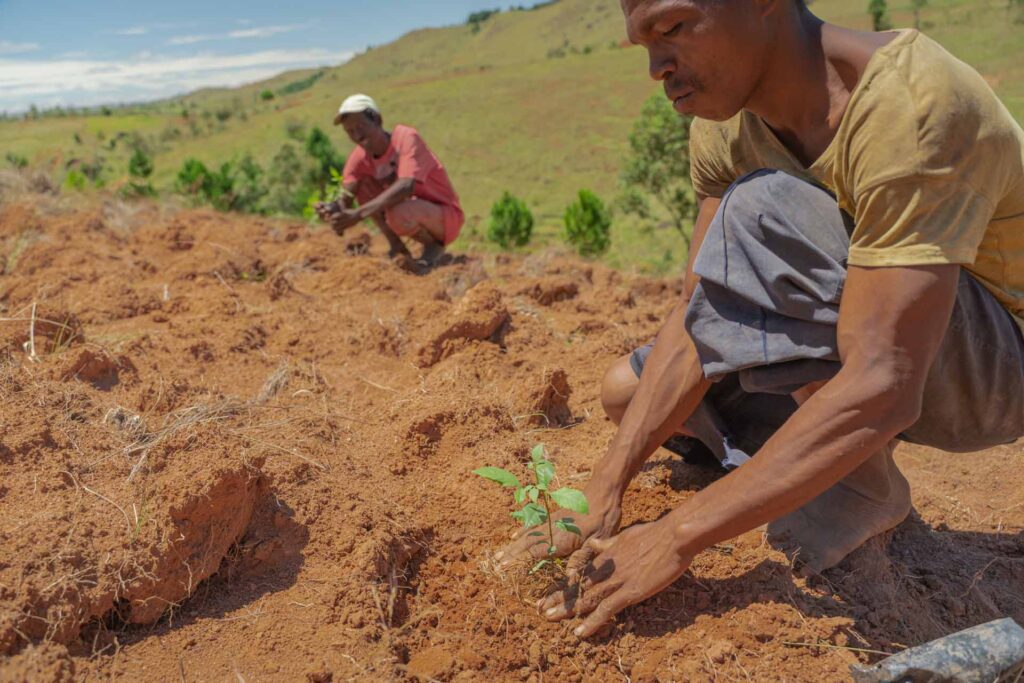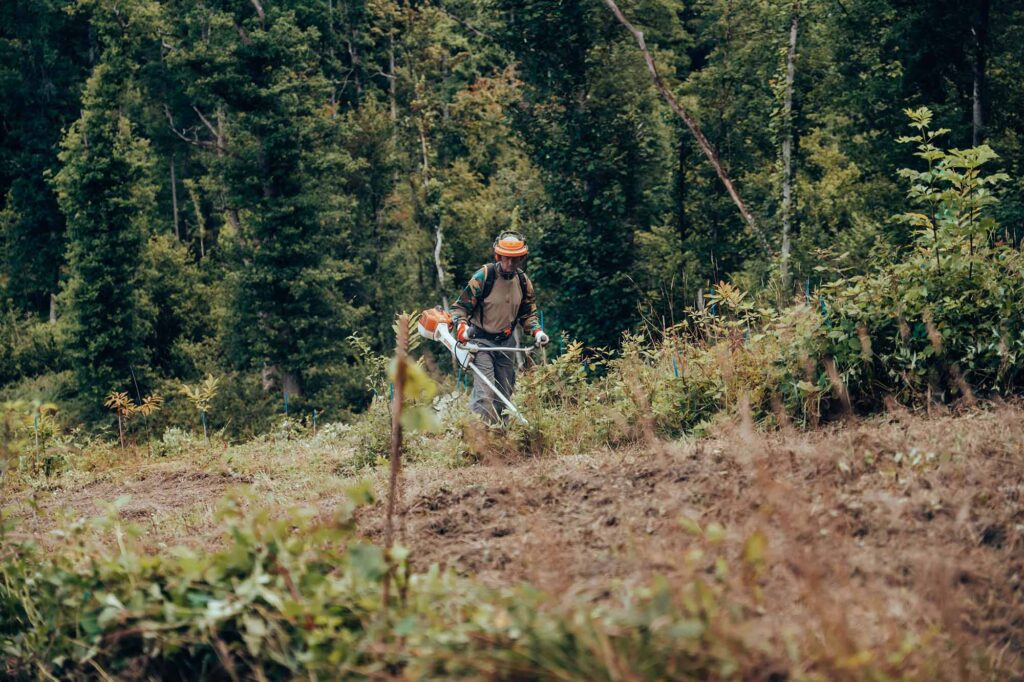Forests are much more than just a source of tranquility and nature experience. They play a key role in global efforts to combat climate change. As natural “carbon sinks,” they absorb large amounts of CO₂ from the atmosphere. But this delicate balance is under pressure.
Why are forests so important?
According to the LULUCF Handbook of the European Environment Agency (EEA), forests—together with other land uses—absorb around 31% of global man-made greenhouse gas emissions each year. However, changes such as intensive logging, wildfires, and aging forests are reducing this capacity. In the EU, carbon removals from forests dropped by as much as 33% between 2010 and 2022.
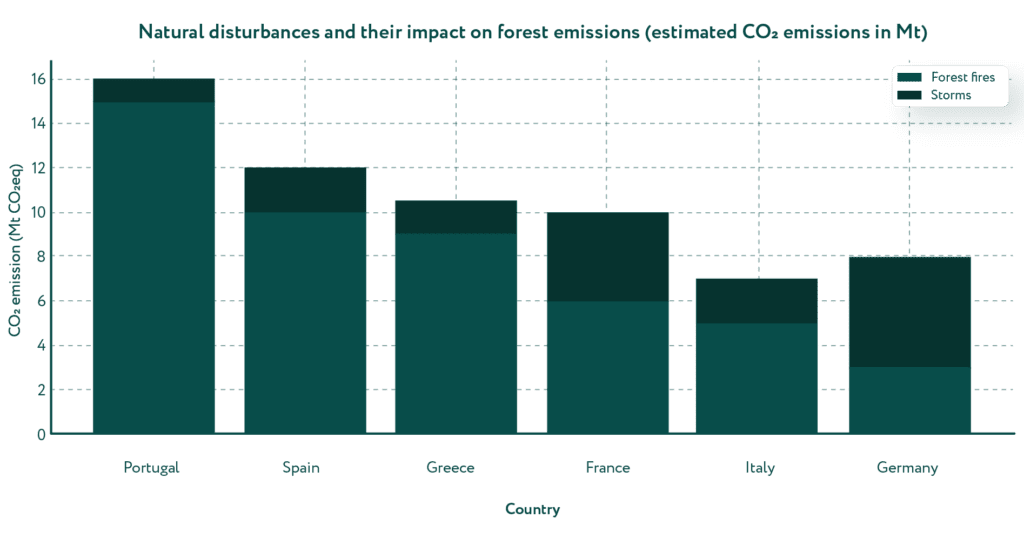
What is LULUCF?
LULUCF stands for “Land Use, Land Use Change and Forestry” and includes all greenhouse gas emissions and removals related to land use, land-use change, and forestry. It is a crucial part of European climate policy and sets out rules for how countries should report and manage carbon emissions and removals.
The LULUCF regulation (EU 2018/841) aims to:
- Preserve and increase carbon storage in forests
- Prevent carbon loss through deforestation
- Improve monitoring via spatially explicit maps and Tier systems for accurate reporting

From forest to policy: how does it work?
Forests can both absorb CO₂ (through growth) and emit it (through burning, decay, or deforestation). LULUCF rules require countries to track the balance between removals and emissions. Six land-use categories are distinguished, including forest land, and various carbon pools are monitored, such as living biomass, dead organic matter, and harvested wood products.
One promising approach is to promote the use of “Harvested Wood Products (HWP),” such as furniture and building materials. These store carbon over the long term and can help offset emissions from other sectors. Still, only about 10–20% of harvested biomass in the EU ends up in long-lived products.
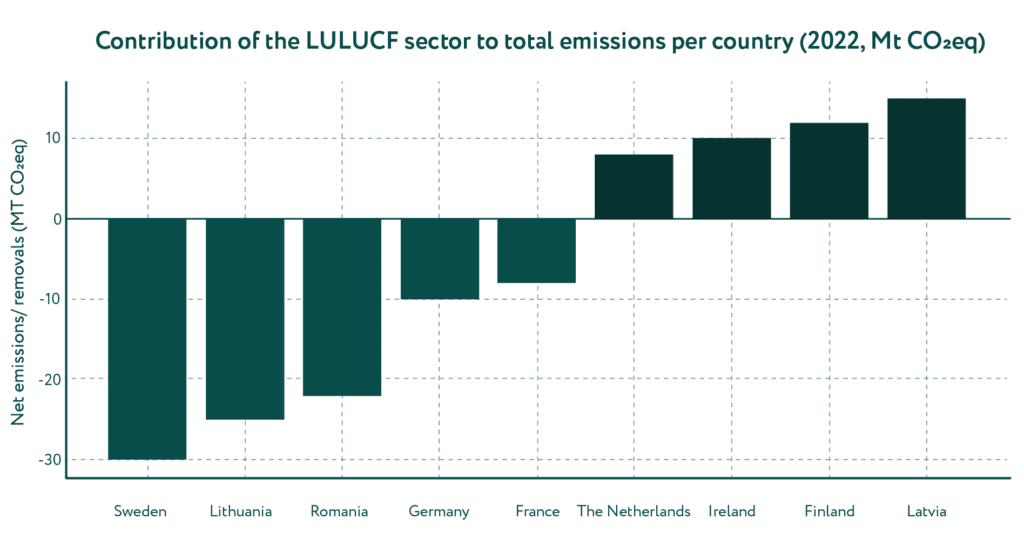
Threats and opportunities
The rise of natural disturbances such as wildfires, storms, and droughts poses a serious threat. In 2017, Portugal lost 6% of its land area to fire, causing a massive emission spike in the LULUCF sector. Such events highlight the need for resilient, climate-adaptive forest management strategies.
What can we do?
- Reforestation and forest restoration are powerful climate tools. They increase carbon storage and restore biodiversity and ecosystem services.
- Agroforestry (combining agriculture and trees) offers a win-win: food production and carbon storage.
- Smart forest management can promote the use of wood in sustainable construction, avoid short-lifecycle products, and prevent overexploitation.
Specific data for Belgium
1. Net LULUCF removals in Belgium
Belgium maintains a modest yet stable carbon sink from forests and land use. Between 2006 and 2013, the annual net removal averaged around –3,850 Gg CO₂ eq, or –3.85 Mt CO₂ eq per year. Source.
2. CO₂ emissions from deforestation & forest fires
In Flanders, approximately 353 hectares of natural forest were lost in 2024, resulting in an estimated 196 kt of CO₂ emissions
Source: globalforestwatch.org
This figure reflects emissions from forest fires and logging. For Belgium as a whole, the total LULUCF-related emissions are lower, as Wallonia reports less forest loss.
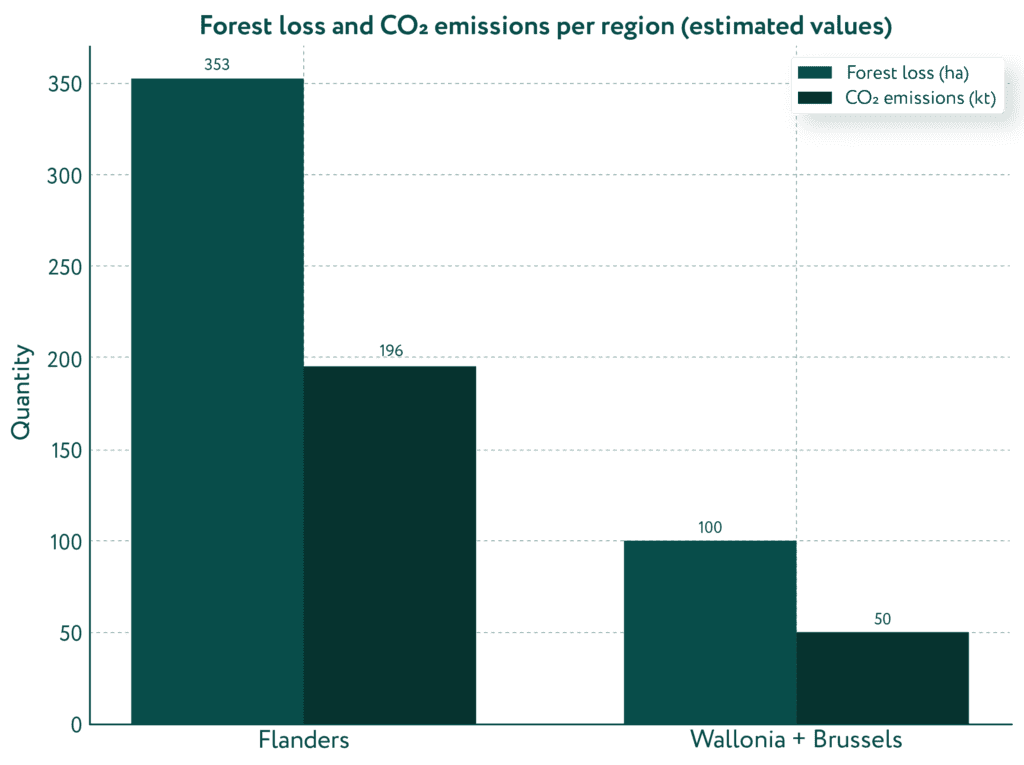
Want to learn more?
The full LULUCF Handbook is available via the European Environment Agency: www.eea.europa.eu
Sources
- Handbook on the updated LULUCF Regulation EU 2018/841, versie 2 (13.05.2024)
- IPCC Special Report on Climate Change and Land
- EU Forest Strategy, 2030

